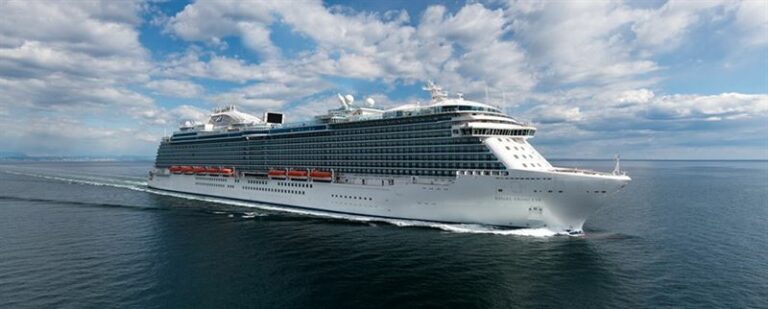Finnish technology group Wärtsilä is to deliver its new Decarbonisation Modelling Service to Carnival Corporation as the US cruise group aims to reduce greenhouse gas emissions across its fleet.
Initially tasked with establishing an optimal decarbonisation path for the cruise ship Regal Princess, the project will expand to model solutions which could be applied to the entire Carnival fleet.
The contract was signed in December 2021 and the project commenced in February 2022.
Under the fleet decarbonisation programme, a digital model of Regal Princess will be created by combining operational data from several different sources. Modelling capabilities and machine-learning algorithms developed by Wärtsilä will deliver a detailed analysis of vessel operational data.
The model will be used to simulate the impact of several technologies. A specific focus will be given to E-start, Wärtsilä’s electric smokeless start solution, as well as the Wärtsilä HY hybrid power concept with energy storage. The simulations will identify the most beneficial retrofittable solution while minimising the required installation.
“At Carnival Corporation we are … committed to decarbonising our operations. A systematic, data-driven approach is essential. By working closely with Wärtsilä … we can establish a model that will allow us to get it right first time,” Chris Millman, Vice President, Corporate Marine Technology, Carnival Corporation, said.
“We are delighted to work with Carnival Corporation on this important project. The complexity of current and forthcoming environmental regulations requires a methodical, systematic approach. The Decarbonisation Modelling Service is the … effective means for assessing and assuring the performance of investments aimed at meeting greenhouse gas emission reduction targets,” Giulio Tirelli, Director, Business Development, Wärtsilä Marine Power, commented.
There are multiple ways for ship owners and operators to comply with the International Maritime Organization’s upcoming Energy Efficiency for Existing Ships Index (EEXI) and the Carbon Intensity Indicator (CII). This freedom increases the complexity of making the right choices.
Decarbonisation modelling is part of a suite of services to help ship owners plan their pathway to reducing emissions and complying with incoming regulations. It utilizes several advanced machine-learning algorithms, including those powering Wärtsilä’s CII Insight – a new set of capabilities which enable owners to forecast vessel compliance with CII and understand the impact of alternative solutions.
Source: Offshore Energy






